
As cities look for greener ways to manage logistics and reduce congestion, cargo e-bikes are emerging as a game-changing solution. Combining the versatility of bicycles with the power of electric assistance, these vehicles are transforming how goods are delivered in urban environments.
The Rise of Cargo E-Bikes
Cargo e-bikes are specifically designed to carry heavy loads, making them ideal for deliveries, family transport, and small businesses. With the ability to haul up to 400 pounds in some cases, they offer a practical alternative to traditional delivery vans in densely populated areas.
Benefits for Urban Areas
- Reduced Emissions: Unlike gas-powered delivery vehicles, cargo e-bikes produce zero direct emissions, contributing to cleaner air in cities.
- Less Traffic Congestion: Compact and maneuverable, e-bikes can navigate crowded streets and take advantage of bike lanes, easing road congestion.
- Lower Operating Costs: Cargo e-bikes are cheaper to maintain and fuel compared to traditional delivery vehicles, making them a cost-effective solution for businesses.
Innovative Features
Modern cargo e-bikes come with features like GPS tracking, anti-theft systems, and modular designs for various load types. Some models also include weather-resistant cargo compartments, ensuring goods are protected during transport.
Adoption by Businesses
Companies in sectors ranging from food delivery to e-commerce are increasingly turning to cargo e-bikes. Global brands like DHL and UPS are leading the charge, incorporating e-bikes into their urban logistics fleets.
Challenges to Overcome
While cargo e-bikes hold immense promise, challenges such as limited range, regulatory hurdles, and a lack of dedicated infrastructure need to be addressed. Expanding charging networks and creating e-bike-friendly urban designs will be key to their widespread adoption.
Cargo e-bikes represent a significant step toward sustainable urban logistics. By integrating these vehicles into their operations, cities and businesses can build a cleaner, more efficient future for transportation.

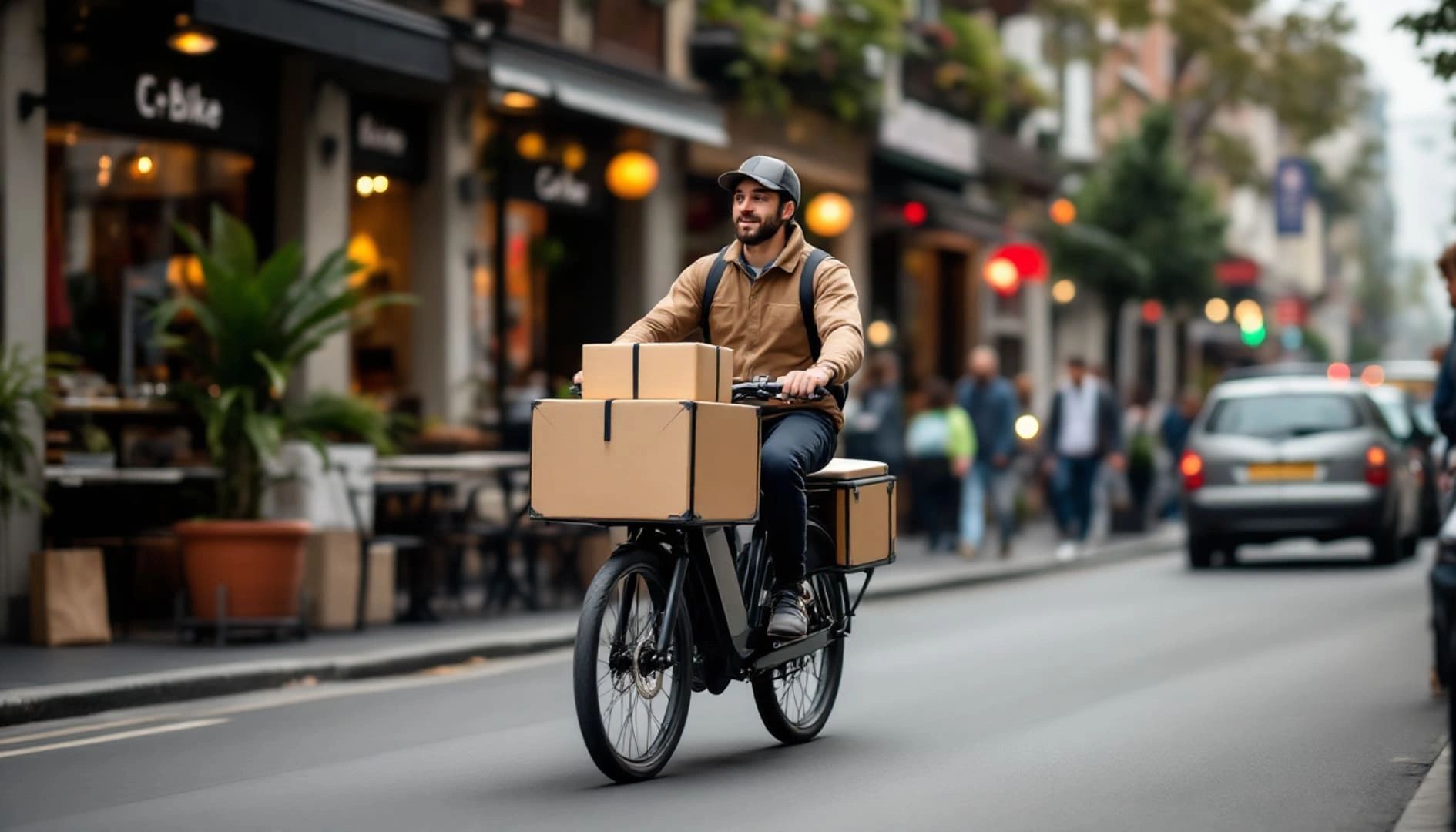
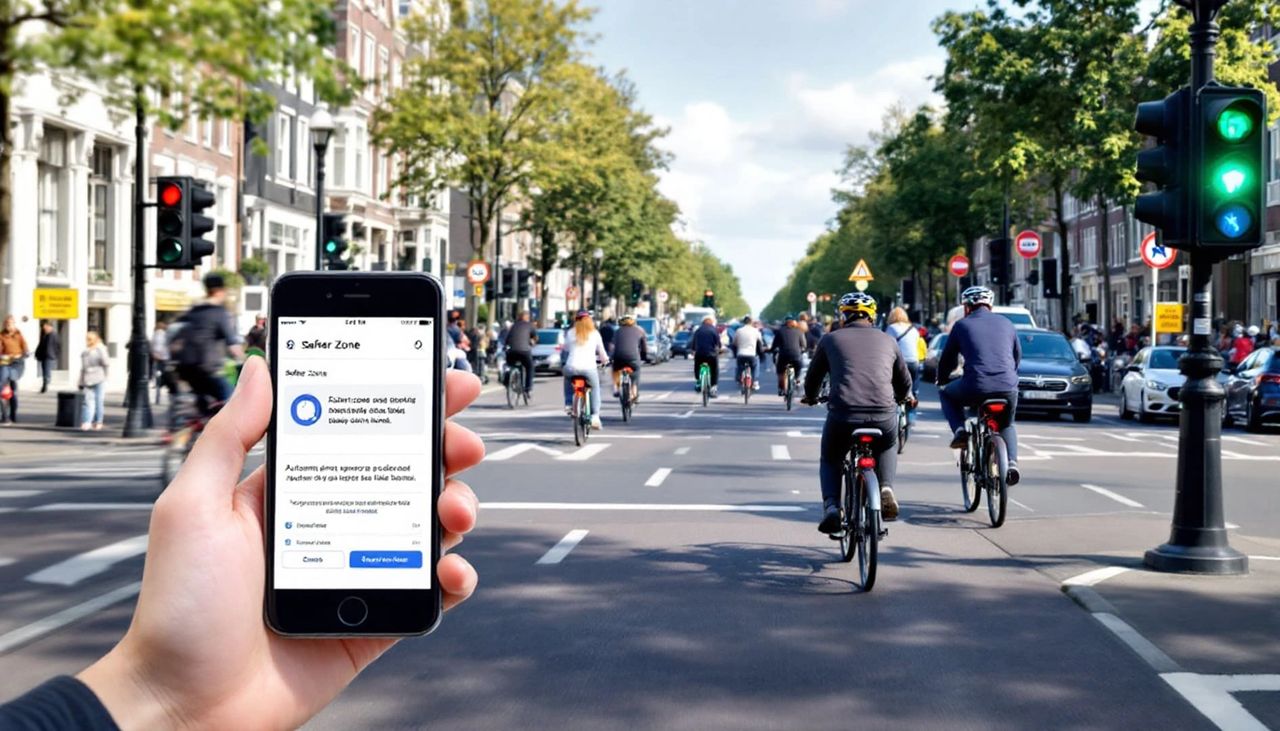
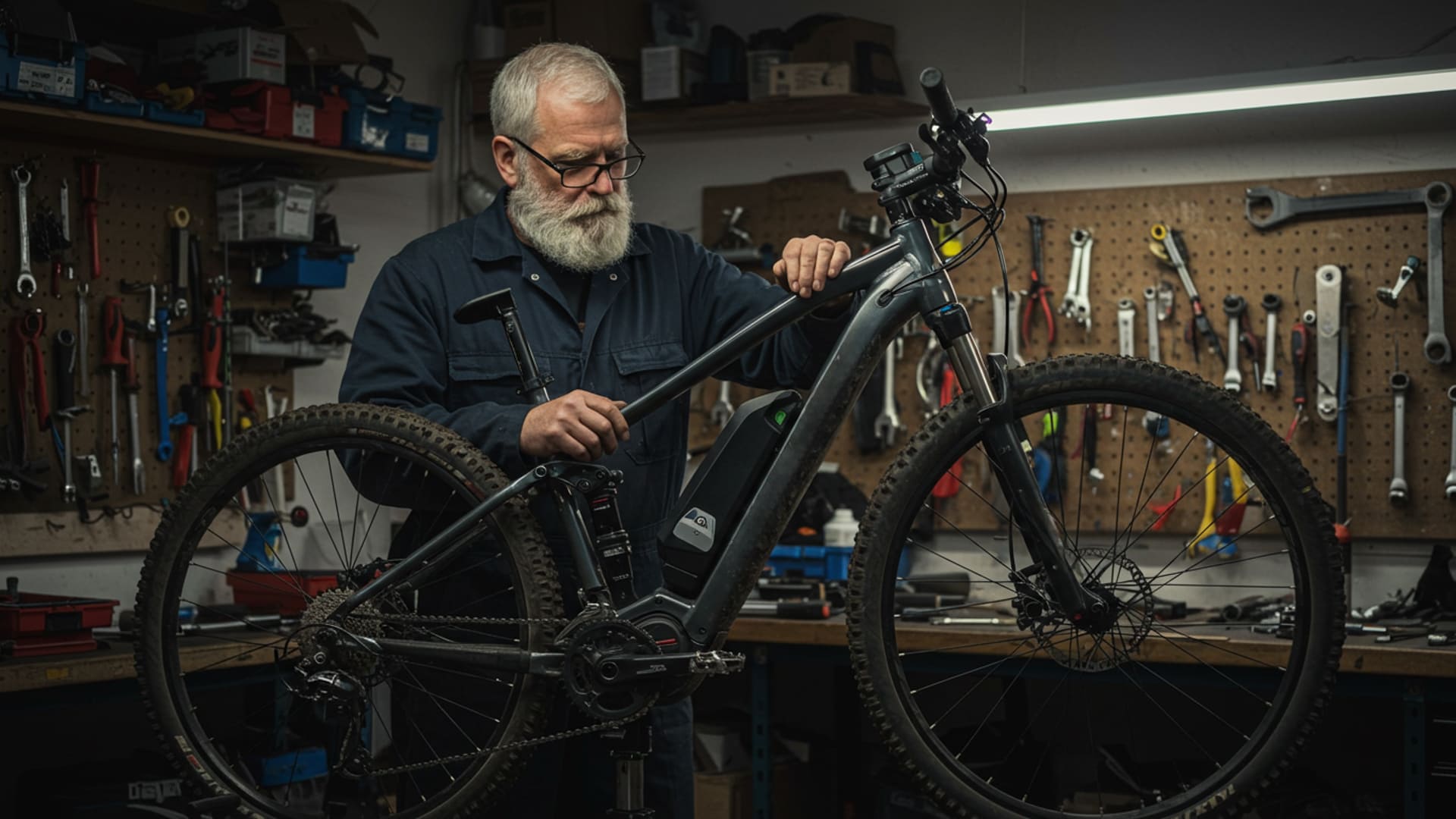

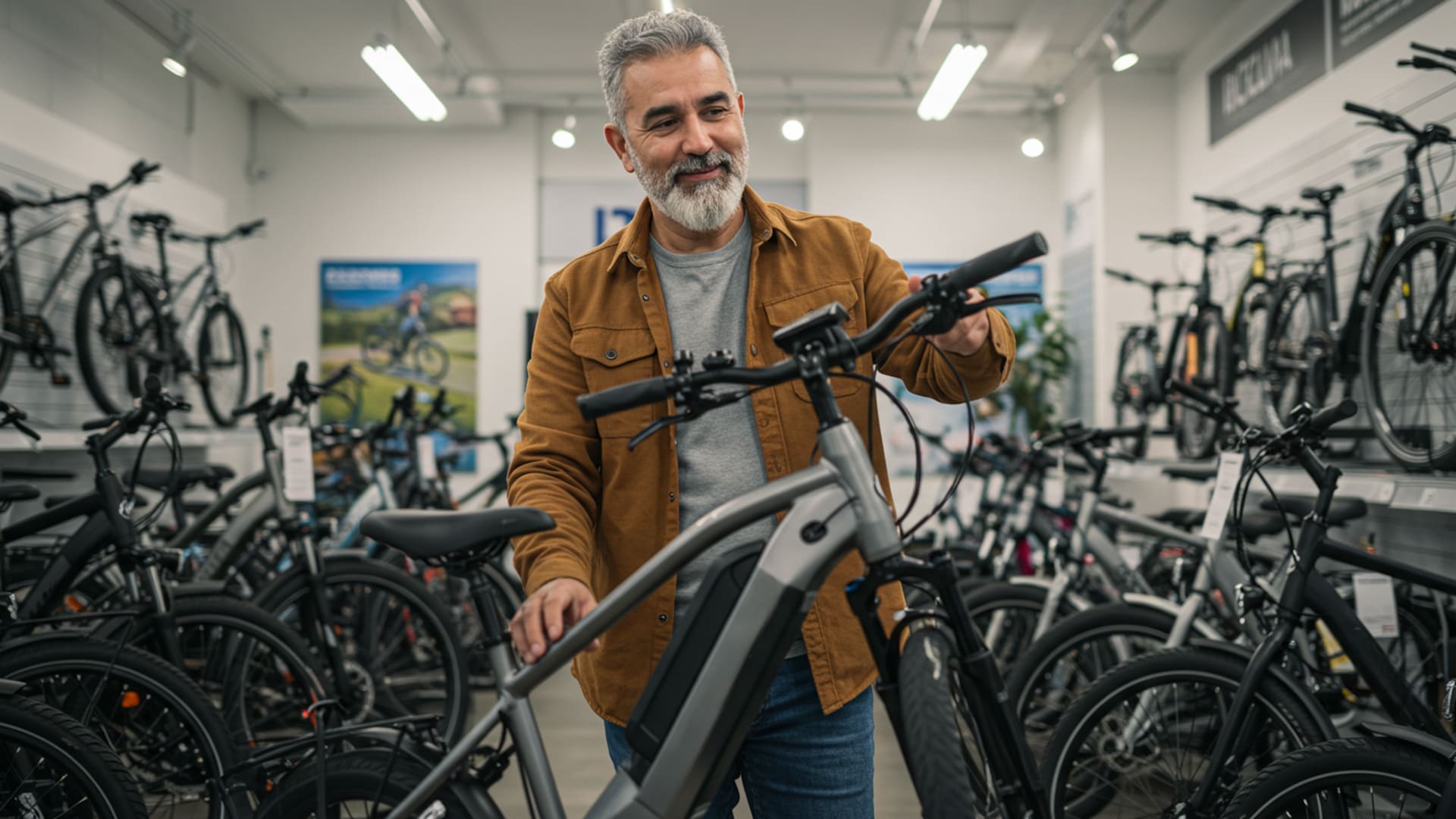
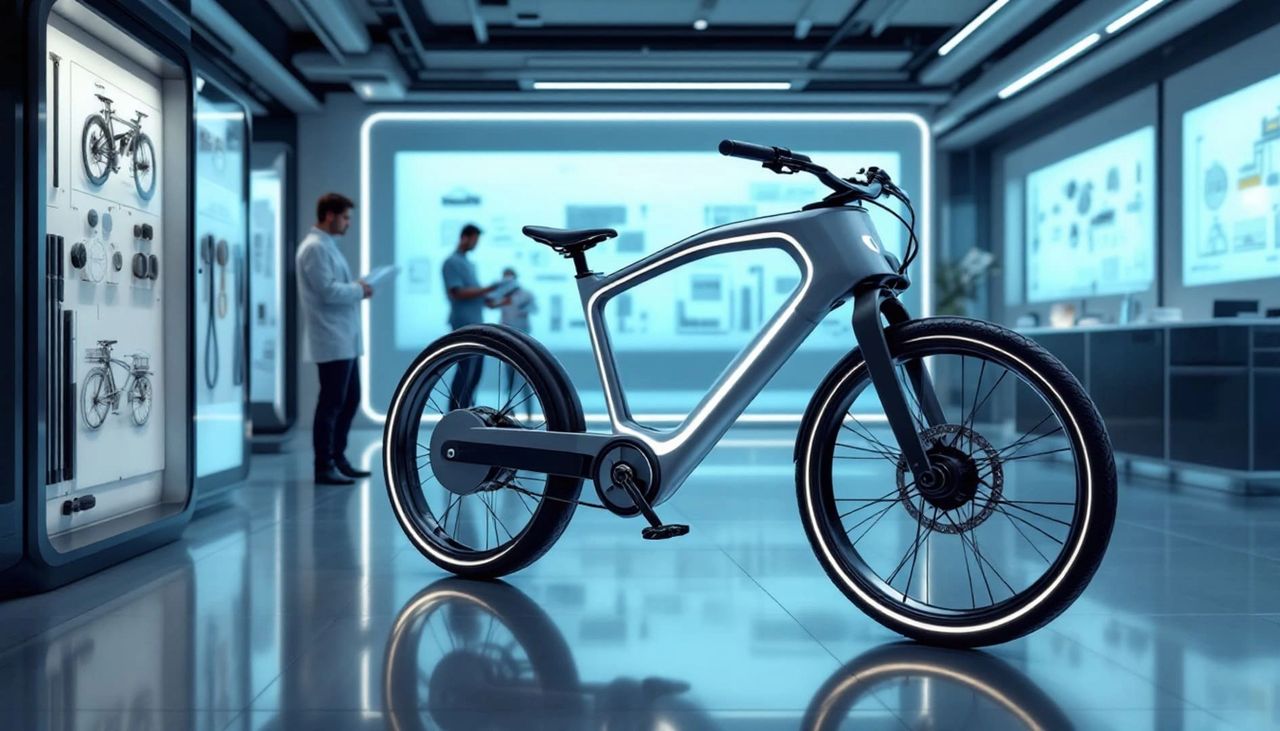

Leave a Reply